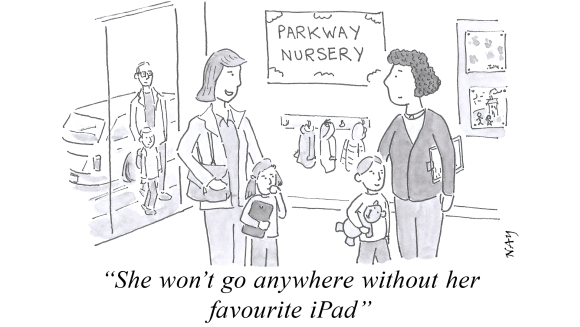Different types of nursery in the UK

Private school nurseries
Nurseries attached to a private school offer a structured environment, headed up by a qualified teacher or headteacher, where children learn through play.
They can be particularly handy if there are older siblings at the same school. It’s also worth noting that some independent schools offer automatic entry into reception from the nursery.
In many cases, the children benefit from the school’s specialist teachers (eg in dance, French, music), as well as the school’s resources and facilities. But while some nurseries are an integral part of the school, others are run by private providers and simply use the school premises, maintaining their own powerful identity.
Either way, these nurseries are less convenient for working families as most only take children from age 2+ and they tend to be open for shorter days and term-time only.
Day nurseries
This is where flexibility comes into its own. Most run Monday to Friday, from 8-6pm, with only a couple of weeks off all year — with options for full-time or part-time care. Some may also provide longer hours and even weekend provisions for parents who work shifts.
They can also take a wide age range, often as young as six weeks up to age 5, which means the child can benefit from continuity of care right up until they start school.
There are a wide range of structured activities — from French to music, as well as outdoor play, with some even offering forest school and beach school sessions, depending on the location. The day also includes naps and meals (or formula milk for tinies).
They vary massively in size — anything from 20 to 200 — usually with different rooms to accommodate different ages. Regardless of the size, each child is assigned a key worker who is the main point of contact for the parent.
While most are standalone private enterprises or part of a chain, others are run by a local school, council, not-for-profit or charitable organisation, members of the community, or a workplace. A benefit of the latter is that you can be close by to your child at all times, but a downside may be a long commute — meaning a nursery around the corner from your home may be preferable.
State-run nursery schools
There are around 400 local authority-funded nursery schools across England. Many are located in the most deprived areas and give priority to vulnerable children. There tend to be a higher-than-average concentration of children with SEN and disabilities, largely as a consequence of local authority referrals and signposting by health and social services. These nurseries will often also have private places available so that parents can pay for their children to attend.
Nurseries based in state primary schools
Like schools, they all have a headteacher and include qualified teachers and a SENCo who offer education-focused childcare for 3- to 4-year-olds.
These children often wear the same uniform (or a version of it) as the school they are based in.
As with private school nurseries, they can act as a gentle introduction to the school itself and can be logistically useful if you have older children at the same school (at least for drop-off — note these nurseries don't always run for the whole day). But unlike private school nurseries, there is no automatic entry (or even preferential treatment) into reception from the nursery.
Working parents take note — they are only open during school hours and in term time.
Nurseries based in children’s centres
Children’s Centres offer a range of services to families who have children under 5. As well as childcare, they provide support according to local need — usually including ante-natal and post-natal support, parenting information and courses, drop-in sessions, baby and toddler groups, and breastfeeding support.
All the latest advice from our education experts, straight to your inbox.
Pre-school
As the name suggests, pre-school is a type of nursery that takes children for the year (or sometimes a little longer) running up to the child starting in reception. Typically based in a primary school but, as with other settings, there isn’t a strict definition to the term. The emphasis is on preparing children for the start of school, so expect uniforms, school day and term timings and staff to be ‘Miss’... etc.
Volunteer-run pre-schools
These are run by volunteers to care for and educate children. Often based out of community buildings such as church or village halls, they have to pack everything away at the end of each session.
Sessions tend to be term-time only, lasting from two and a half to four hours a day, but many provide extra services such as breakfast and lunch clubs, as well as holiday play schemes.
They are reliant on the free childcare funding scheme, with some parents paying for extra childcare hours that they are not entitled to free from the government. Many are also reliant on parent involvement including volunteering, fundraising for equipment, and contributions for snacks.
They are excellent value but again, not always brilliant for working parents as they are usually open for shorter sessions in term-time only.
Children with special needs
A good nursery will cater for a range of children, including those with special needs. However, the type, nature and severity of your child's special needs may determine the type of setting you want for your child (see Nurseries for special needs).
Featured in: Nursery & early years




